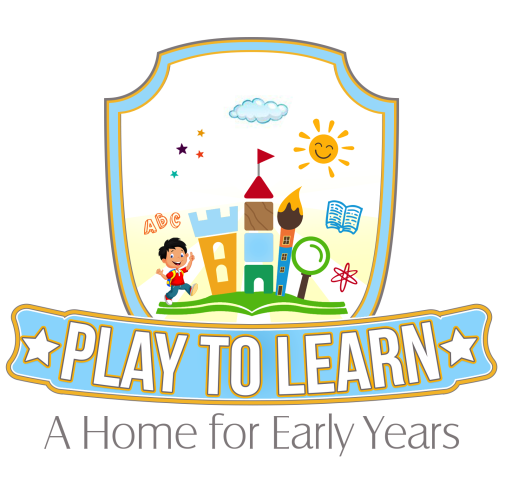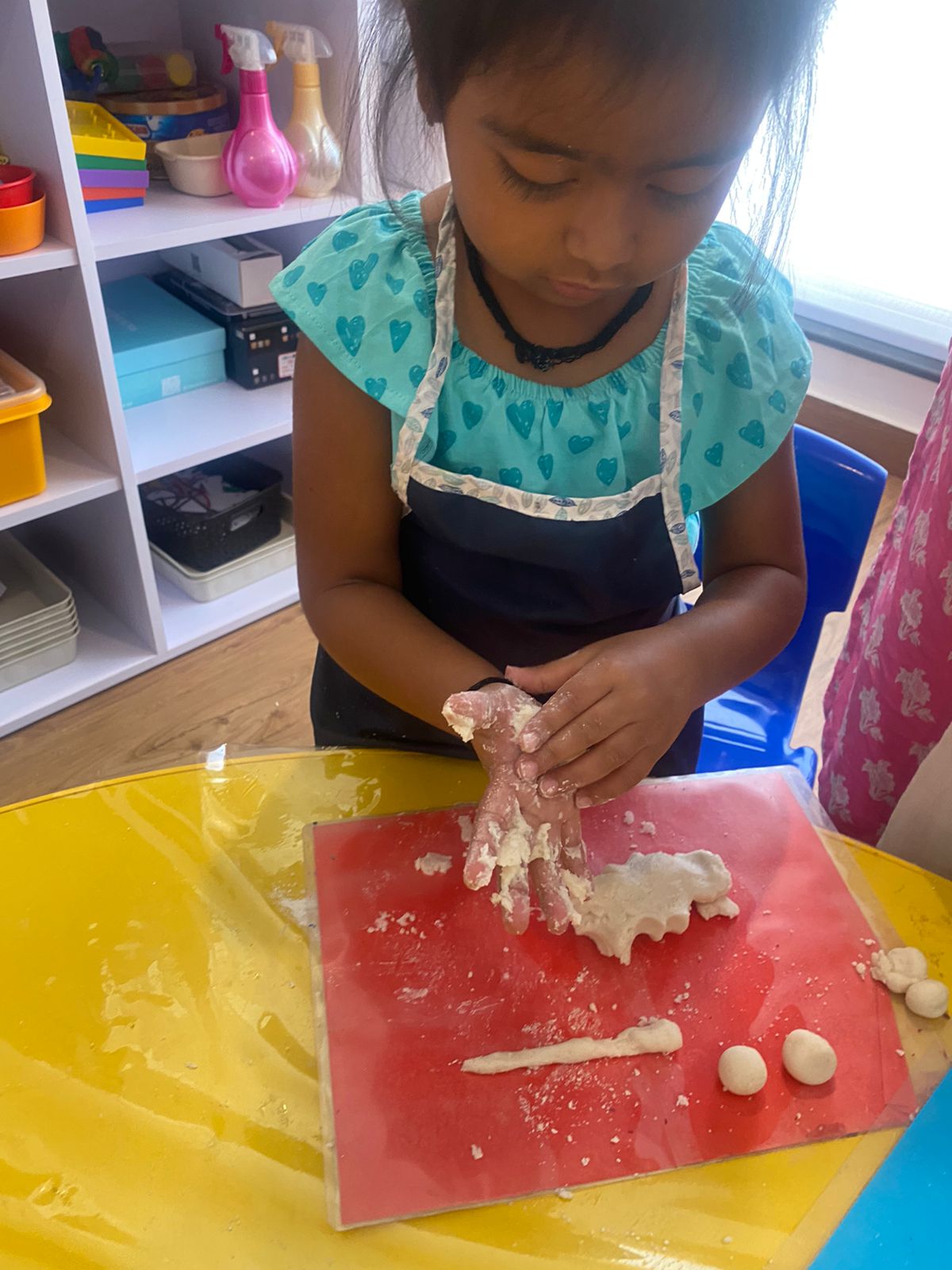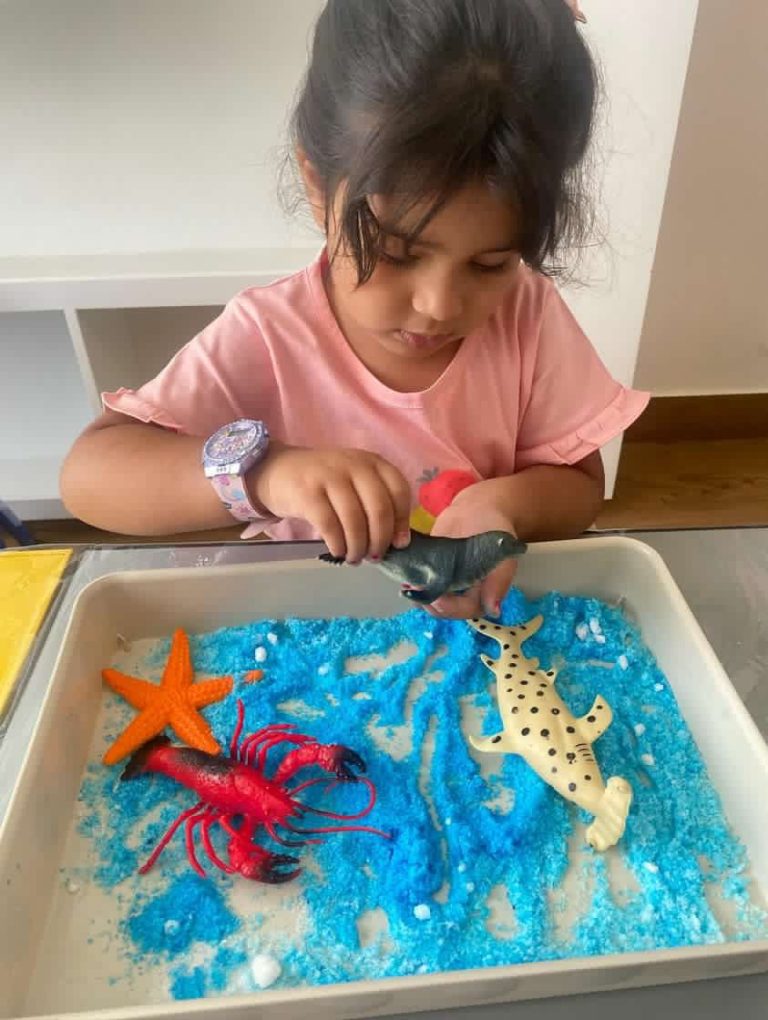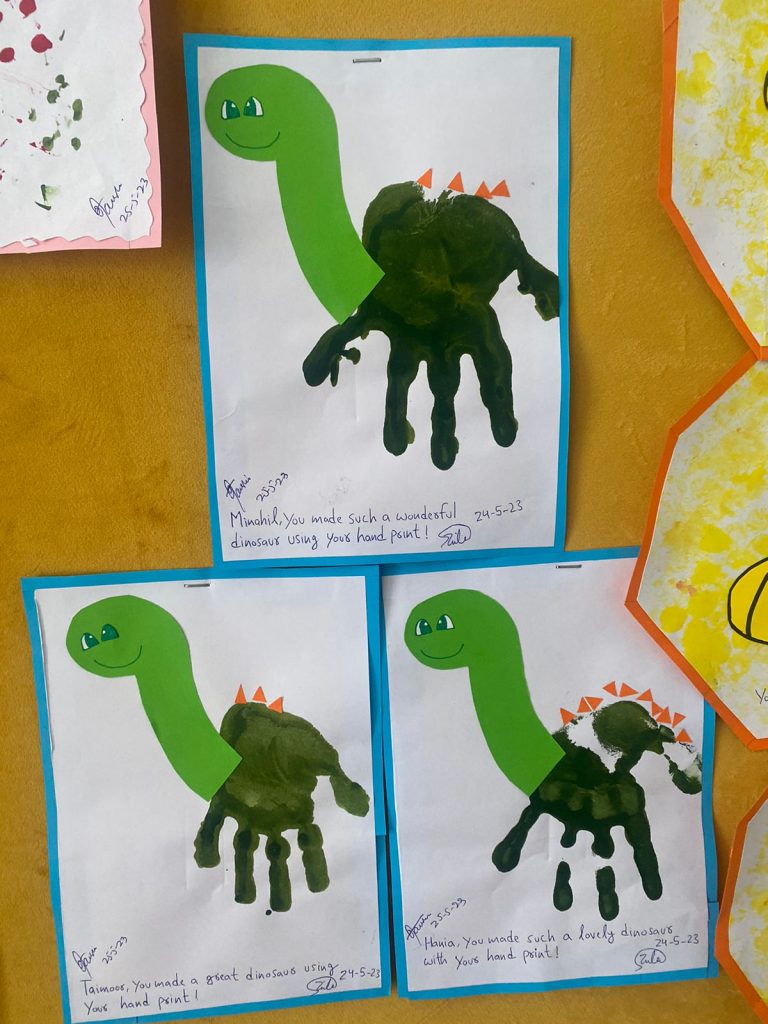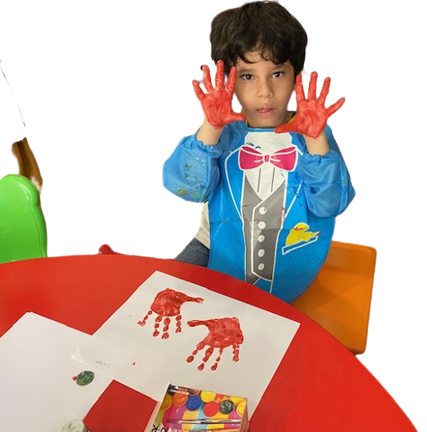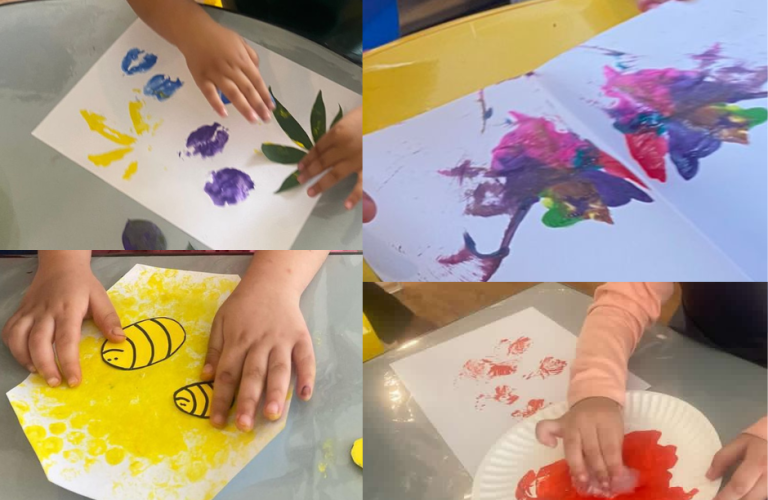Unique Possibilities That Each Play Dough Station Can Offer a Child
Play dough is not just a fun and colorful toy; it offers a world of unique possibilities for a child’s development and creativity. In this article, we will explore how play dough stations can be an incredible tool for learning, sparking imagination, and promoting various aspects of a child’s development. From sensory exploration to fine motor skill enhancement, let’s dive into the numerous benefits a play dough station can provide.
1. Sensory Exploration and Stimulus
A playdough station provides an excellent opportunity for children to engage their senses. The soft texture of playdough encourages tactile exploration, while the vibrant colors stimulate visual senses. The pleasant aroma and the squishy feeling contribute to a multi-sensory experience, which can be incredibly beneficial for young minds.
2. Enhancing Fine Motor Skills
Kneading, pinching, and molding playdough help children develop their fine motor skills. These small hand movements strengthen the muscles in their fingers, hands, and wrists, preparing them for more complex tasks like writing, drawing, and using scissors.
3. Encouraging Creativity and Imagination
At a playdough station, a child’s imagination knows no bounds. They can transform playdough into anything they desire – from animals to vehicles to fantasy creatures. This creative process nurtures their imagination and allows them to express their thoughts in a three-dimensional form, boosting their cognitive development.
4. Language Development through Storytelling
Playing with playdough often involves storytelling. As children mold and shape the dough, they create scenarios and narratives, which promote language development. They learn to articulate their ideas, improve vocabulary, and engage in interactive play with others.
5. Emotional Expression and Stress Relief
Playdough can serve as a therapeutic tool for children to express their emotions. Kneading and manipulating the dough can be soothing, providing a healthy outlet for stress and anxiety.
6. Social Skills and Collaboration
When children share a playdough station, they learn essential social skills like turn-taking, cooperation, and sharing. They can collaborate on creating elaborate playdough projects together, fostering a sense of camaraderie and teamwork.
7. Introduction to Basic Math Concepts
While playing with playdough, children unknowingly explore basic math concepts. They experiment with shapes, sizes, and proportions, gaining an intuitive understanding of mathematical principles.
8. Practicing Counting and Sorting
Playdough play can involve counting and sorting objects, such as cookie cutters or beads. This activity develops early math skills and improves a child’s ability to recognize patterns.
9. Science Exploration and Experimentation
Through playdough stations, children can engage in simple science experiments. They can mix colors to learn about color blending or create fizzy reactions with baking soda and vinegar.
10. Cultural Awareness and Diversity
Using playdough, children can craft representations of different cultures and ethnicities, promoting cultural awareness and celebrating diversity.
11. Promoting Concentration and Focus
Playing with playdough demands concentration, focus, and attention to detail. This practice can help improve a child’s ability to concentrate on tasks and stay engaged for more extended periods.
12. Sensory Therapy for Special Needs Children
For children with sensory processing disorders or special needs, playdough can be a valuable sensory therapy tool. The different textures and tactile experiences can help them regulate their senses.
13. Environmental Awareness
By using eco-friendly or homemade playdough, parents and educators can teach children about environmental responsibility and the benefits of recycling.
14. Building Resilience and Patience
Working with playdough requires patience and perseverance. Children learn that mistakes can be undone, and they can start over, fostering resilience and problem-solving skills.
15. Sparking Interest in Art and Sculpture
Creating with playdough can ignite a passion for art and sculpture in children. They may discover a love for shaping and designing, which could be an exciting lifelong pursuit.
Playdough stations are far more than just a playful activity for children. They offer a multitude of benefits that contribute to a child’s holistic development – physically, emotionally, socially, and cognitively. So, next time you see a child playing with playdough, appreciate the incredible learning and growth that are taking place right before your eyes.
Is playdough safe for children? Playdough is generally safe for children, but it’s essential to supervise them during play, especially for younger kids who might put it in their mouths.
How can I make playdough at home? Homemade playdough can be easily made with ingredients like flour, salt, water, oil, and food coloring.
What age is suitable for playdough play? Children as young as two years old can safely enjoy playing with playdough, but parental supervision is crucial.
How can playdough stimulate creativity? Playdough allows children to experiment, explore, and create freely, fostering their creative thinking and expression.
Can playdough help with fine motor difficulties? Yes, playdough play can aid in improving fine motor skills, making it beneficial for children with fine motor difficulties.
